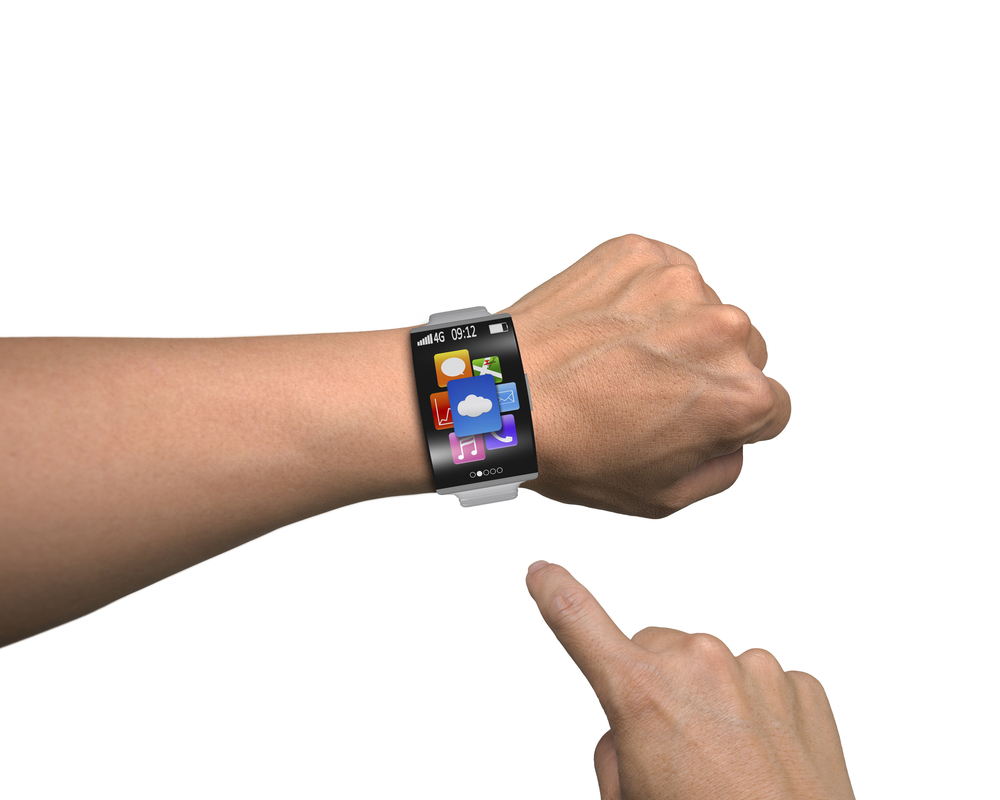There’s little doubt that 2015 will be heralded as the year of wearable devices. From FitBit and Jawbone to Samsung Gear Live and the soon-to-be-launched Apple Watch, a new wave of pioneering gadgets are coming to the market that promise to change how we work and play. And the wearable market is just heating up. IDTechEx estimates that wearables will hit the $70 billion mark by 2024.
While, 2024 may seem light-years away, the reality is that wearables are working their way into enterprises now. A new report by TrendMicro found that a startling 69% of UK organisations have employees bringing wearables to work today and 91% of those surveyed say that number will increase this year.
>See also: Why businesses must act over wearable security threats now
Here’s the good news: wearables have the potential to deliver huge corporate benefits. According to a study by PricewaterhouseCoopers (PwC), 77% of respondents think that one of the most important benefits of wearable technology is its potential to make employees more efficient and productive at work.
In a survey by IT staffing firm, Modis, respondents said wearables could help them access information more quickly (60%), track their work schedule (54%), log personal health information (52%) and track personal calendars (51%).
Now for the not-so-good news: many enterprises aren’t prepared to manage such devices and employees are well aware of that fact. According to the same PwC survey mentioned earlier, 86% of respondents think wearables would make them more vulnerable to data security breaches.
It feels like déjà vu. We don’t have to look back far to remember a time when IT staff were faced with a similar dilemma, scrambling to secure smartphones and tablets at a fast and furious pace. Enter the BYOD movement, which caught many organisations off guard, yet led to the development of much-needed, company-wide mobile security and usage policies.
Many are calling this year’s wearable device onslaught, WYOD (wear your own device) or BYOD 2.0. Regardless of the name, organisations have an opportunity to be a step ahead this time around – provided they move quickly. It’s important to determine if your existing BYOD policies can support wearable devices or if new policies need to be created to address acceptable use, security, privacy and compliance concerns.
>See also: Hype down, businesses really are taking wearable technology seriously
Businesses may find that the work they’ve already done has them well-positioned for this WYOD era, since many wearables will be linked to smartphones, which are likely already protected under BYOD policies.
Regardless, the time is now to revisit existing BYOD or mobile content management and security strategy with wearables in mind, so that employees can reap the productivity benefits and IT teams can sleep well at night.
Sourced from Paula Skokowski, Accellion










